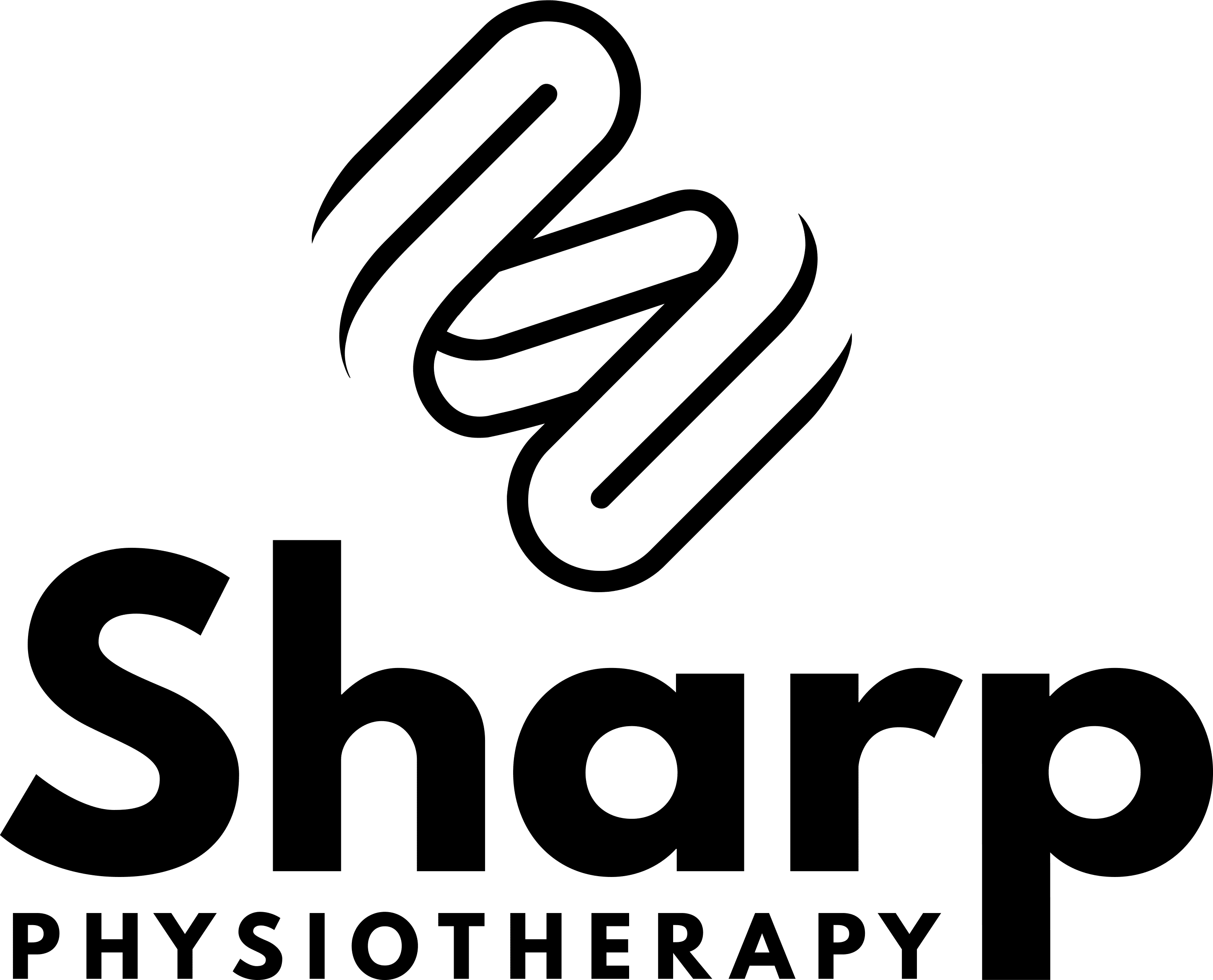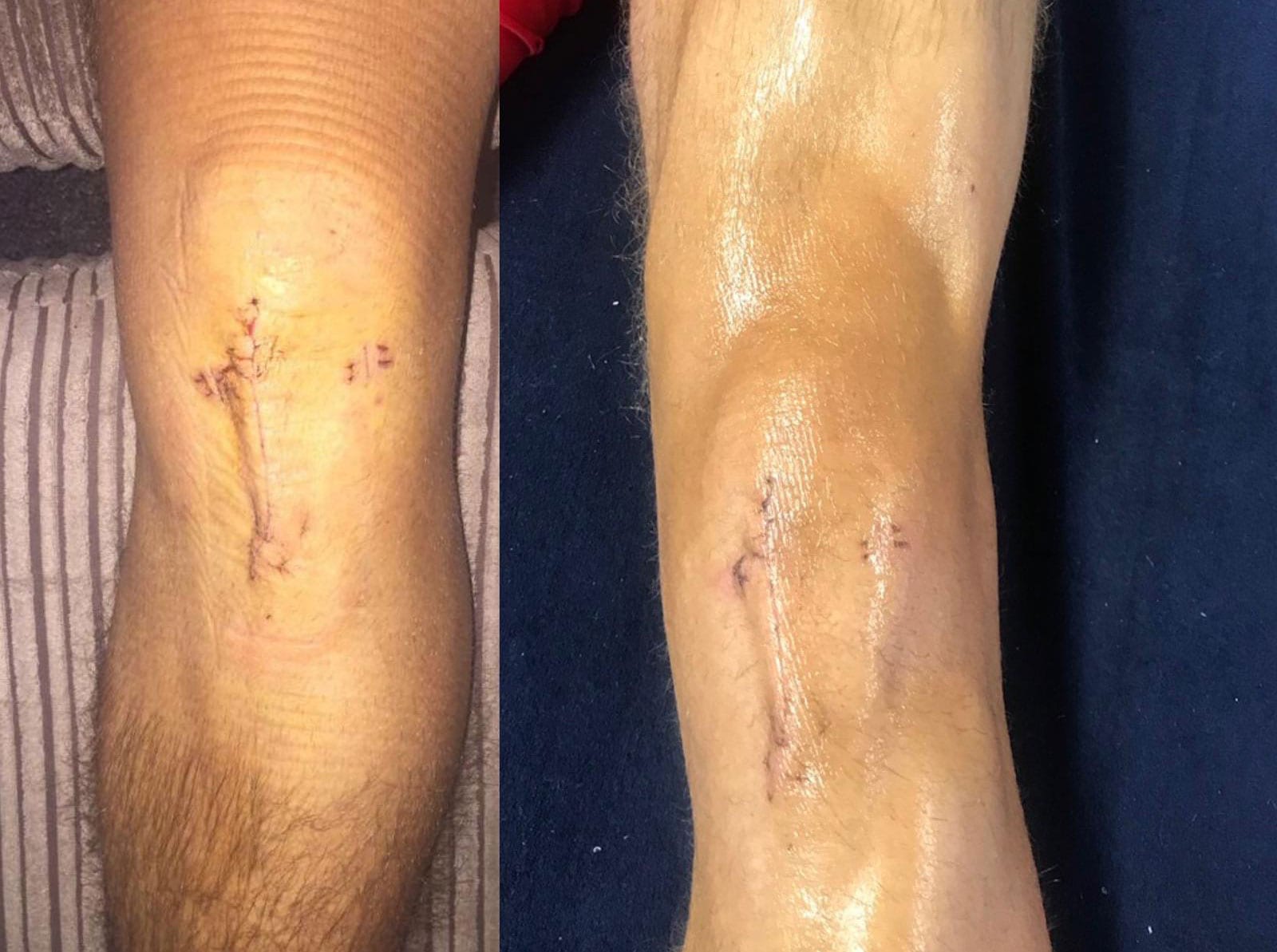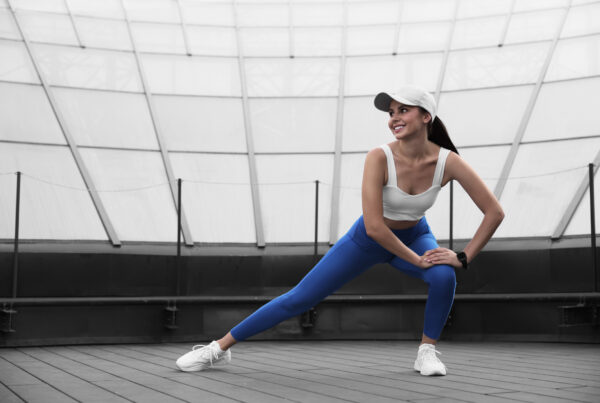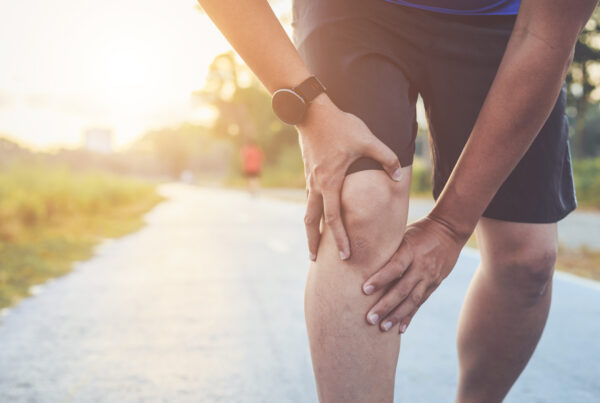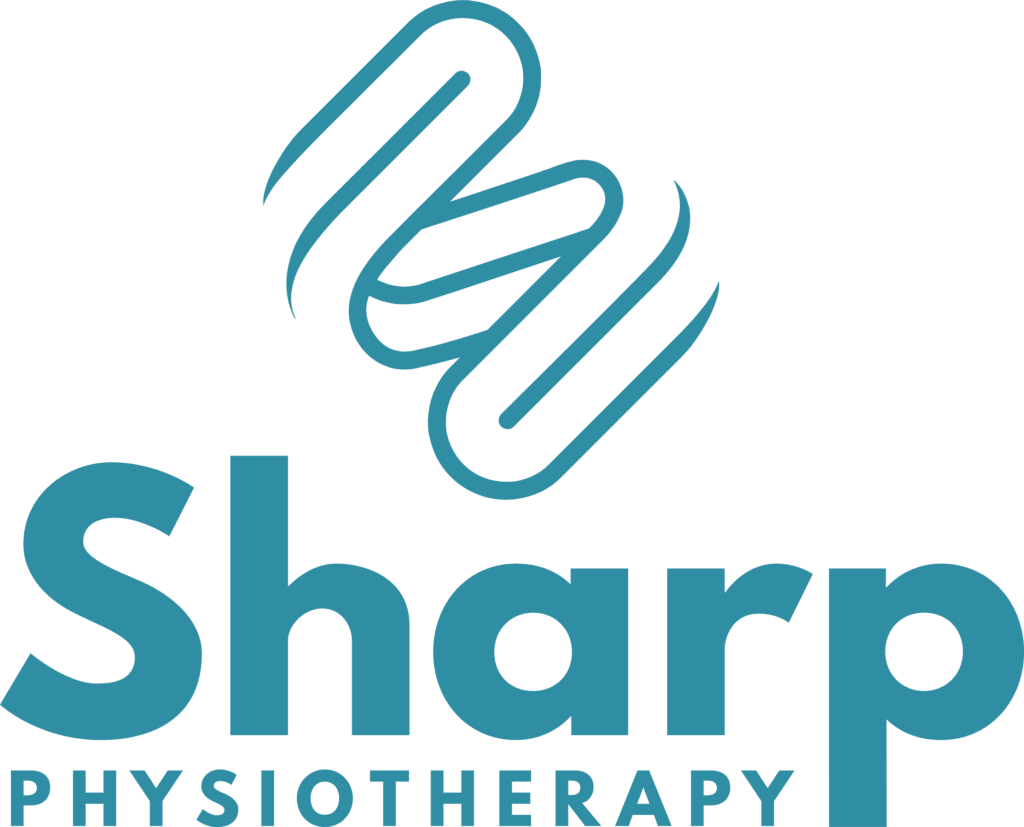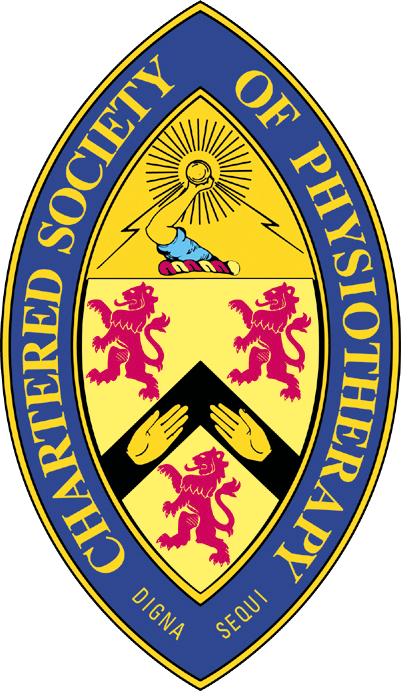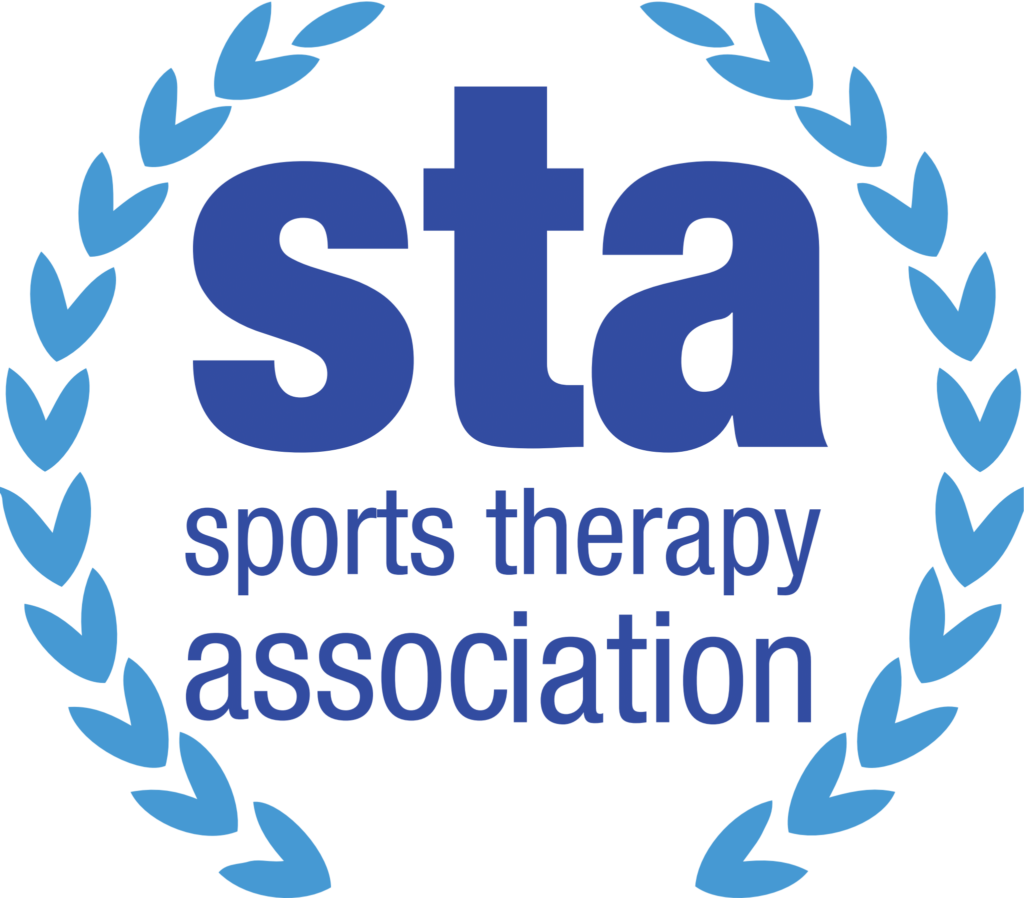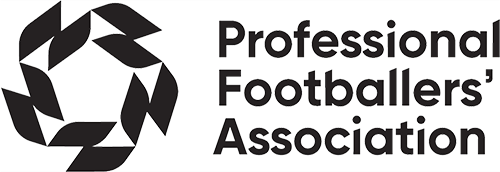How is an ACL injury diagnosed?
Player presents with an acute onset of knee pain following a heavy tackle during a football match. A physiotherapy assessment confirms there is laxity on an anterior drawer test as well as a large knee swelling and and MRI scan confirmed a full rupture of the ACL with no associated cartilage damage.
Surgery was arranged for 3 weeks post injury. This enables all swelling to be reabsorbed and active knee flexion/ extension achieved. A knee that is dry of swelling and can achieve full active range of movement pre-surgery, rehabs much easier!
Surgery was performed at the Fortius Clinic in London and a bone-patella tendon-bone graft was used to reconstruct the ACL. The research shows a slightly lower reoccurrence rate for patella tendon grafts vs a hamstring graft in football players. However, I have rehabbed both over the years and each approach has its pros and cons.
0-6 weeks Post ACL Reconstruction
Goals for phase 1:
- No infection.
- Full active knee flexion and extension.
- Good quad bulk and contraction.
At around 3-5 days post-surgery, contraction of the quadriceps and glutes were introduced to prevent muscle wastage. At 10 days, stitches were removed, wounds were checked and the player was weaned off of crutches.
By the end of the first phase of rehab, full active flexion and extension was demonstrated and this was achieved through a progressive quadriceps program and specific hands on manual therapy techniques into the soft tissues around the knee. Once 90 degrees of knee flexion is achieved, the player was introduced to static cycling.
By 6 weeks post-surgery we were aiming for full active knee flexion and extension, excellent quadriceps contraction and bulk, no infection and a nearly ‘dry’ knee of swelling. This was achieved by week 5 and provided a solid foundation to progress from.
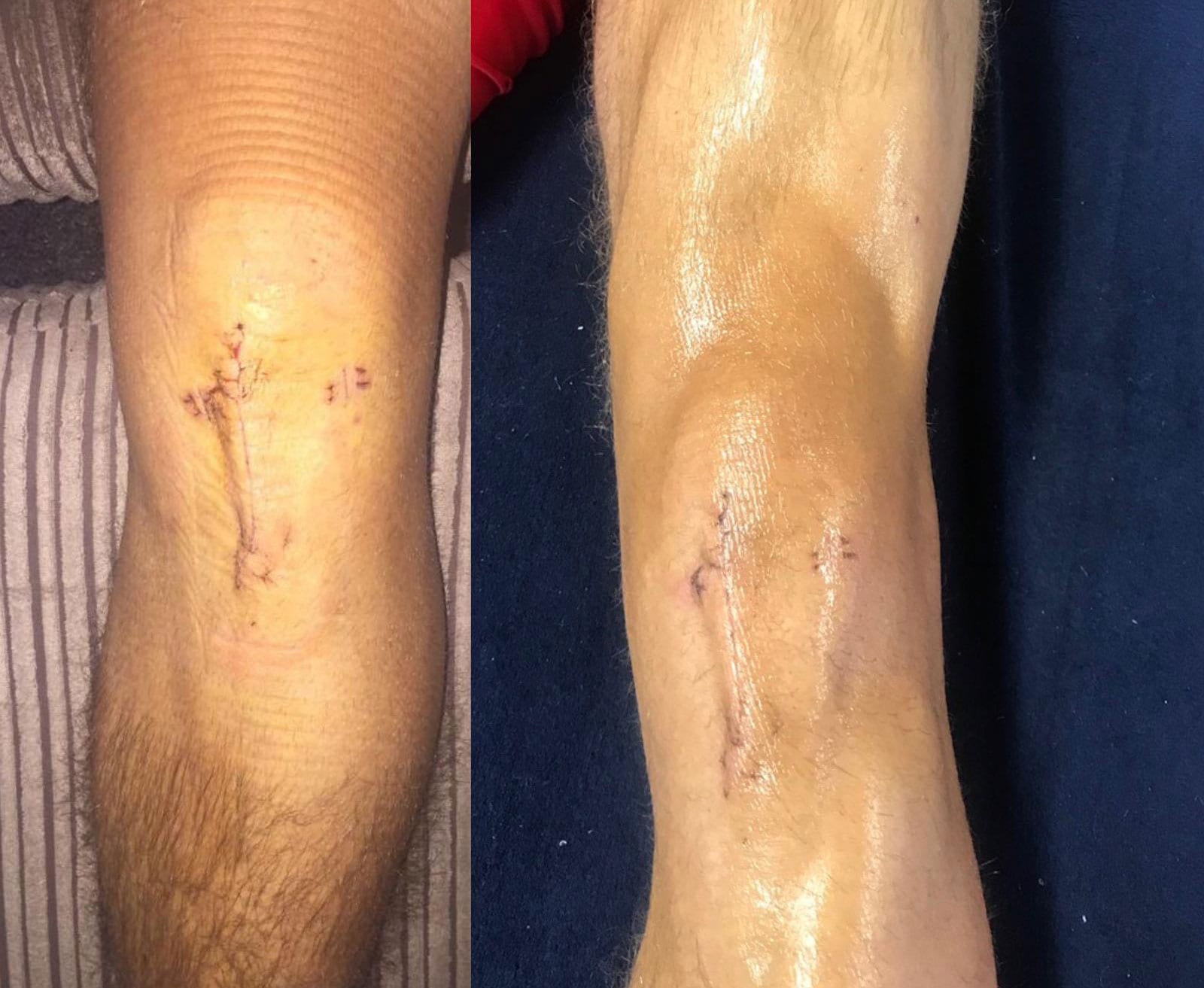
6-12 weeks Post ACL Reconstruction
Goals for phase 2:
- Develop lower body strength.
- Develop single leg neuromuscular control.
- Introduce and improve jumping and landing mechanics
- Maintain a ‘dry’ knee.
At week 6, a lower body program was introduced consisting of closed chain resistance exercises. Initially, exercises were low resistance, double leg and static. As the player improved in strength and stability, more functional exercises such as step ups and lunges were introduced.
Resistance was consistently increased and at week 8, more single leg based work was prescribed. This helps rectify imbalances and improve single leg strength and control. At week 10, double leg plyometric drills were mastered and were quickly progressed to single leg by week 11. Exercises and drills were consistently assessed and progressed to ensure we maximised adaptations, and at week 12 the player could demonstrate excellent quad and hamstring bulk, excellent single leg control and confidence when doing a single leg plyometric exercise.
An intermittent small effusion was present throughout this phase of rehab. This is normal for an ACL injury and this quickly reabsorbed and settled by week 12.
12-20 Weeks Post ACL Reconstruction
Goals for phase 3:
- Complete high level straight line running drills.
- Complete low level turning drills.
- Aim for quadriceps and hamstring strength to be within 10% of unaffected side on Isokinetic test at 5 months.
At week 12, jogging was introduced and as the player developed more confidence, the speed and the intensity of the drills were increased. After 6 weeks of continuously monitoring and progression of speeds and total distance, low level turning drills were introduced. Initially, we began with arcing runs and by week 20 the player was turning at 45 degree angles at a good pace and passing a ball at short distances.
Alongside grass based rehab, the players gym rehabilitation was constantly modified accordingly to ensure that lower body strength, power and control was further developed. At 5 months post-surgery, an isokinetic test confirmed the affected leg was within 10% of the unaffected leg and all goals for this phase of rehab were achieved. During this phase, the player did develop posterior knee pain and from liaising with the surgeon an ultrasound guided injection was recommended and performed in to the capsule.
20 weeks+ Post ACL reconstruction
Twisting and turning drills along with ball work were the main focus during this stage of the rehab as this prepared the athlete for full training. The sharpness of the turns and speed at which the player would enter the turns were constantly increased and after 2 weeks more position specific based drills would fill the majority of the rehab sessions. At 6 months, the player felt ‘ready to go’ and all targets had been met. We began to build him back in to non contact training with the group and by 7 months post surgery, the player was full contact training.
When is the player declared fit?
There has been huge debate within the sports medicine world with regards to when a player should return to play and the research suggests that for every month you delay returning to competition from 6 to 9 months, the risk of re-rupture reduces by 50%.
Unquestionably, there are many factors that can contribute to a rerupture. Examples includes quality of the surgery, quality of the rehab, fitness levels and strength imbalances. Waiting until 9 months post surgery is not required if exit tests have been achieved but I would never declare a player fit before 6 months. All things considered, I have found that the optimum time for return to competition is around 7-8 months.
Finally, if you have injured your ACL and need some expert advice please get in touch.
[/cs_text][/cs_element_layout_column][/cs_element_layout_row][/cs_element_section][/cs_content]
